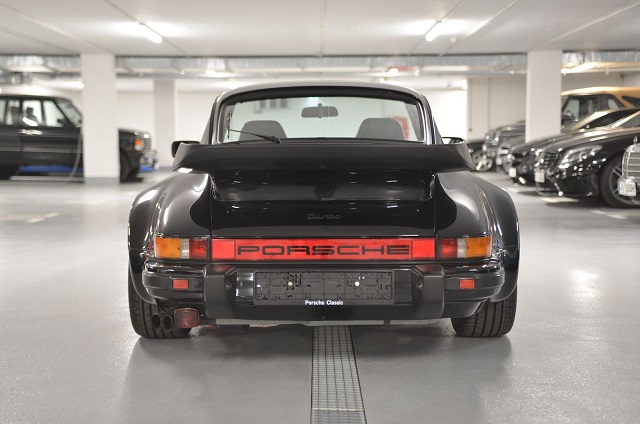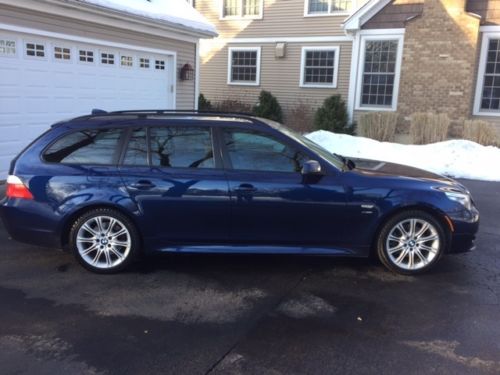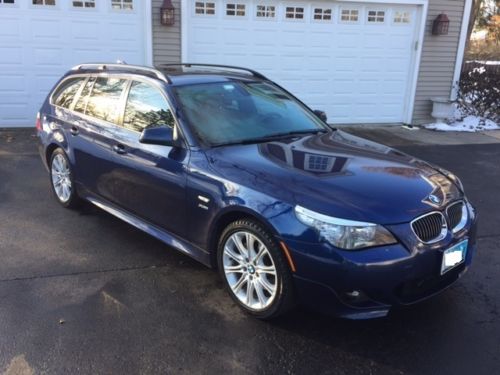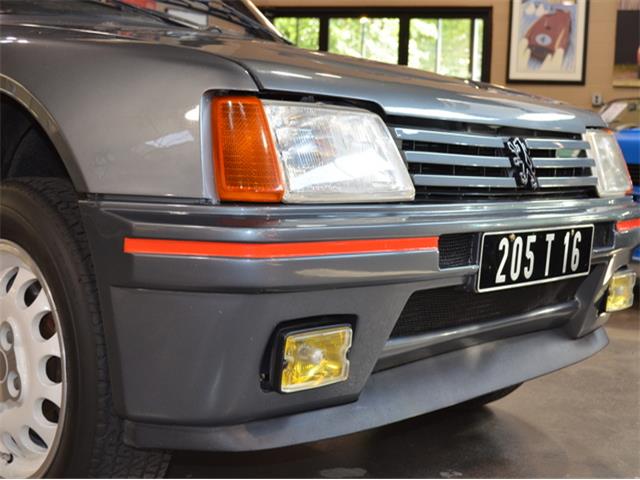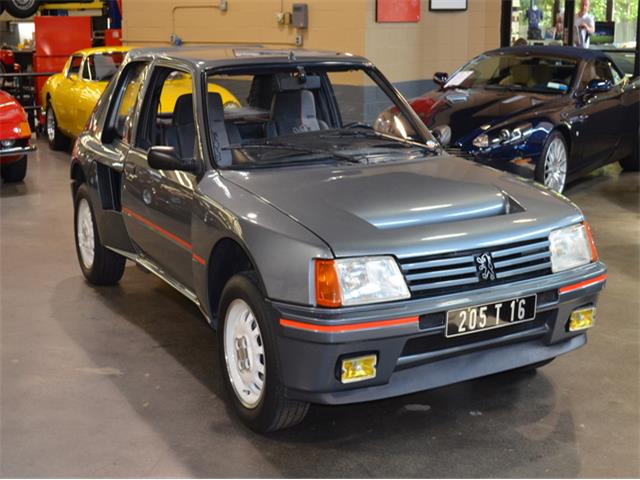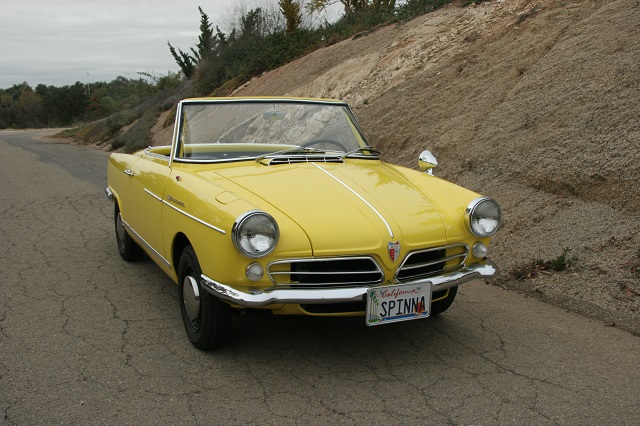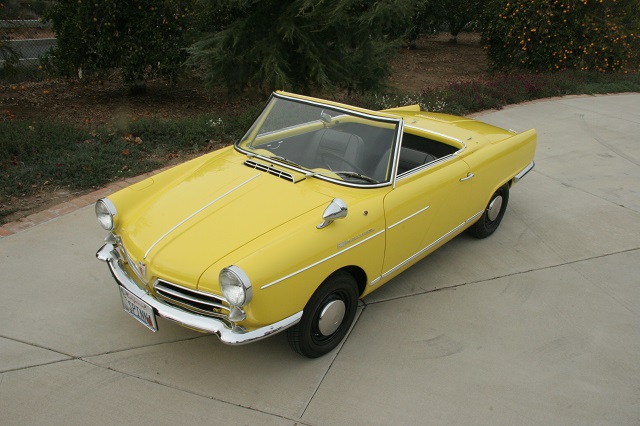Enthusiasts never like it when manufacturers remove cars from our market, especially when said car is still being produced in other markets. Frustrations are elevated…
Comments closedMonth: January 2017
It’s been a while since I last updated you on the trials and tribulations of E61 ownership. And, there have been a few exciting events which pertain to this car. Some of that comes down to learning about the quirks of ownership. For example, the iDrive system has a habit of notifying you of problems well after they’ve occurred. Like the E46, the E61 utilized the ABS speed sensors to calculate rotation of the wheels to determine if you’ve got a flat tire. So, if you..say…swap wheels and forget to notify the car that you’ve done so, it gets very unhappy (but, not immediately – only a few miles down the road will it tell you something occurred). Navigating the menus to find specific items can be laborious, but with time it gets better and you start to figure it out. But the electronic nannies don’t end there; the “IBS” – Intelligent Battery Sensor – proved to be anything but intelligent, as it malfunctioned and decided that the car shouldn’t start. It took a lot of internet diving to determine that simply unplugging the connector would fix the problem. Of course, that sensor is directly under the drains for the sunroof, which unfortunately seem to have a habit of randomly leaking (and, according to the never-wrong internet, are almost always the cause of the woes with the IBS).
Then there’s the service warning.
Say your 11 year old car uses (read: leaks) a little oil. Fine, no problem, top it up. But the E6x FREAKS OUT that you’ve lost a little oil and basically tells you you’re about to grenade the motor. Except, it doesn’t do this when you first start the car. No, because the N52 carries some 7 quarts of synthetic it waits for the oil to warm up prior to notifying you there’s a problem. And there is no dipstick. So, you have to wait for the car to determine if it has oil, which it will do ONCE YOU REACH YOUR DESTINATION AND DON’T HAVE OIL IN HAND. And then you finally get home, pop open the special BMW oil and it only takes 1/4 of a quart. You’re telling me at 6.75 liters of oil you think the level is “CRITICAL“, car?!?! And there are the parking sensors, which don’t notify you of how close you are to the thing you’re about to hit when you’re pulling up, but when you engage reverse it then, once again, FREAKS OUT that you’re about to roll into something (even if you’re in reverse). And God forbid there be ice or snow covering those sensors, because then the car erupts in what sounds like a nuclear test warning. DUCK AND COVER. DUCK AND COVER!!!!!!
Who the hell designed these systems?
I don’t paint a pretty picture of E6x ownership, but the reality is these are coming-to-terms things. The solutions are simple once you’ve figured them out (which, admittedly can be difficult), and then you’re left to enjoy the great aspects of the car. And great it is. Dynamically, the E61 seems to defy physics. The steering is outstanding, the motor sounds great and the 6-speed automatic is almost always on point. The all-wheel drive is seamless, the seats are hugely comfortable, and the car is quiet, composed and comfortable in almost every situation. It has an awesome cruise control system – by far the best I’ve ever experienced. And it returns a shocking 30+ mpg at 80 m.p.h. average on the highway. Pop it into Sport mode, and suddenly the car is transformed, feeling light, agile and quick on its feet despite the 4,000+ lb curb weight. The brakes are awesome, confidence inspiring and yet not too aggressive, and it was able to swallow an entire bathtub basin with no difficulty. As do-it-all cars go, it’s a compelling option. So let’s take a look at one of the end-of-the-run E61s, turned up a bit over my 530xiT. This is the twin-turbocharged N54 powered 535xi Touring, and this one has the optional (and rare) M-Sport package:
CLICK FOR DETAILS: 2010 BMW 535xi Touring M-Sport on eBay
8 CommentsLegend generally has it that the Audi Quattro dominated the World Rally Championship and the iconic Group B class of flame spitting, air catching homologation specials. But popular belief is wrong, as though the Audi was successful, it was far from the walk-over that many fans believe it was. The Quattro was challenged at every step; first from the establishment Lancia with the 037 – a rear-drive, mid-engine super-lightweight special. Lancia proved that a lightweight, better balanced design could best the nose-heavy Audi even in inclement conditions and though the four ring’s Hannu Mikkola won the driver championship in the WRC for 1983, it was the Lancia who captured the constructor’s title.
Things got more interesting in 1984, as major modifications and increasing power introduced new players to the field. The season started out where 1983 had left off, with the long-wheelbase Audi Quattro A2 and the Lancia 037 dominating the first eight rounds of the championship. Round 9, though, saw a new, unorthodox design launch. As Audi rolled out their shortened, upright and more powerful Sport Quattro, Peugeot emerged with the diminutive 205 economy hatchback. Yet it was not a front-engine, front-drive design as they’d be seen on the road; stripped, widened, and seriously turned up, the new 205 Turbo 16 was a mid-engine, all-wheel drive turbocharged revolution that would go on to dominate the Group B competition over the next two seasons.
Just how dominant was it? While the 205 Turbo 16 didn’t look or sounds as impressive as the leaping, massively winged Audis or outrageous turbocharged and supercharged Lancia Delta S4, the chassis balance, power delivery, reliability and driver combination was spot on. The results spoke for themselves; there were 29 races the 205 Turbo 16 raced in WRC before Group B ended – Peugeot won 16 of them. Audi? After the 205 was introduced, they won one. That’s right, Audi only won ONE race outright after Peugeot entered the arena. So while the Sport Quattro might be a legend, it wasn’t a particularly successful car in terms of racing. It may have come from over the border and an unusual source, but when one of the 200 homologation special 205 Turbo 16s comes up for sale, it’s something of an occasion that is worthwhile to look at – and perhaps the hottest hatch ever made:
CLICK FOR DETAILS: 1984 Peugeot 205 Turbo 16 on eBay
2 CommentsWhile Porsche’s upstart 356 and the breathtaking Mercedes-Benz 300SL were Germany’s first real post-War sports cars, they weren’t the only attempt to capitalize on the economic recovery. But far from being just a recovery, West Germany’s “Wirtschaftswunder” – economic miracle – aided by the Marshall Plan and a focus on strengthening the border states of the ‘Iron Curtain’ meant that capitalism manifested itself in new ways. Cashing in on a re-emerging middle class with newfound wealth and prosperity, companies like BMW and Volkswagen launched new sportier versions of their small, economical sedans. The 700 Coupe and Karmann Ghia, launched in 1959 and 1955 respectively, might not have had the power of Porsche or the Gullwing, but still brought sport and style to a much larger market. Both designs utilized existing technology to create a rear-drive, rear-engine two-seater that still was budget friendly.
However, they weren’t alone in the market. Auto Union’s main production lines in Chemnitz lay firmly in Soviet control, so it was the DKW brand which shouldered the responsibility of rebuilding the company. That would bear the 1000SP in the late 1950s – a lovely, but not particularly sporty, personal coupe and convertible. Prior to its merger with the Volkswagen Group in 1969, though, NSU – a firm more known for its pre-War motorcycles – had ventured into small sports cars. The result was the legendary Prinz and TT models; small, efficient, fun to drive rear-engine sedans. NSU branched out in 1964 and offered the world’s first rotary-powered limited production convertible in an attempt to ascertain if the technology was applicable to normal production. With technically a mid-rear design, it was a revolutionary alternative to the BMW 700:
